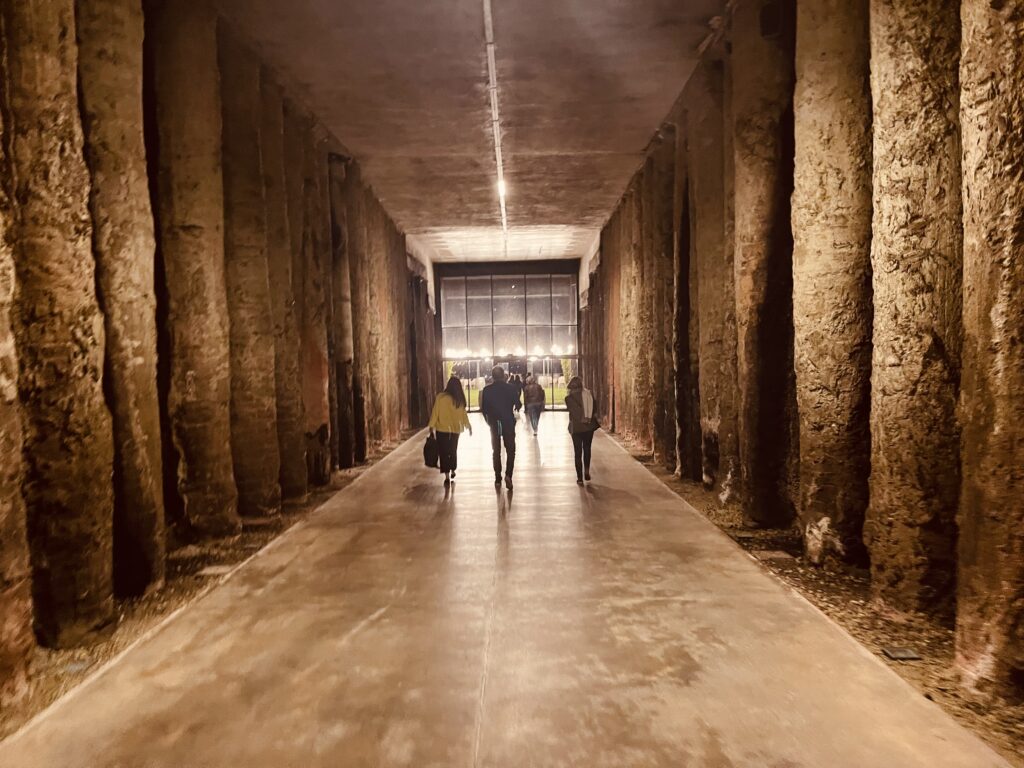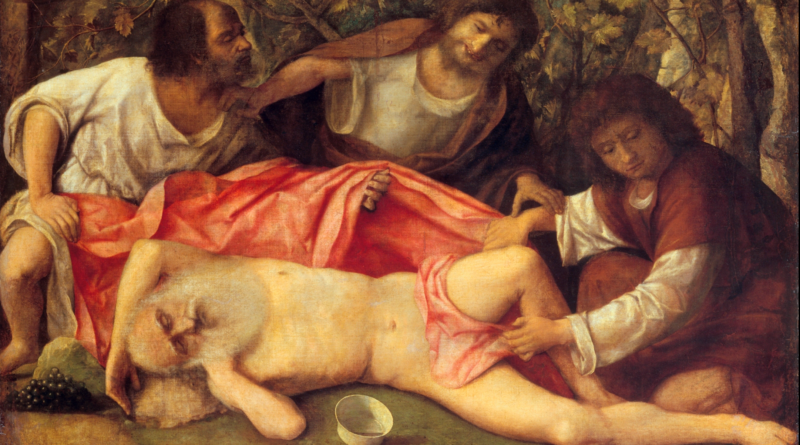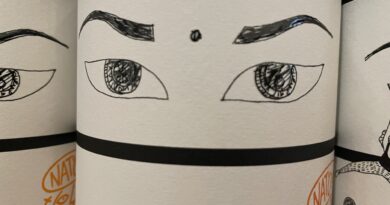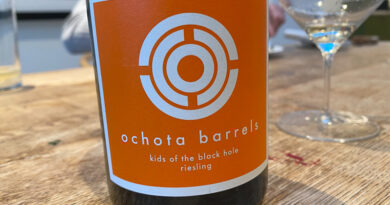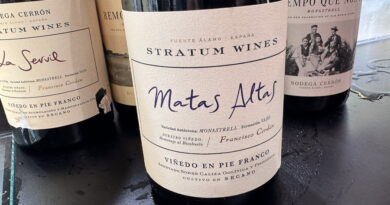Why should we care about the age of the vine that made our wine?
Man’s history with the vine predates the written word. Old vines map man’s passage to the new world and our genesis in the old. Prized for complexity, flavour and their marked tendency to express terroir they offer up a stimulating smorgasbord of taste and nostalgia; a living link with summers past.
As Lisse Garnett prepares to attend her third Old Vine Conference, she reflects on what inspired her about the last.
Sarah Abbott MW led the charge, assisted by Michèle Shah, Belinda Stone and Ben Smith. Plant guru Prof. Attillo Scienza and uber rockstar pruner Pierpaolo Sirch were guest speakers. Antonio Capaldo of Feudi di San Gregorio, our host in Campagnia.
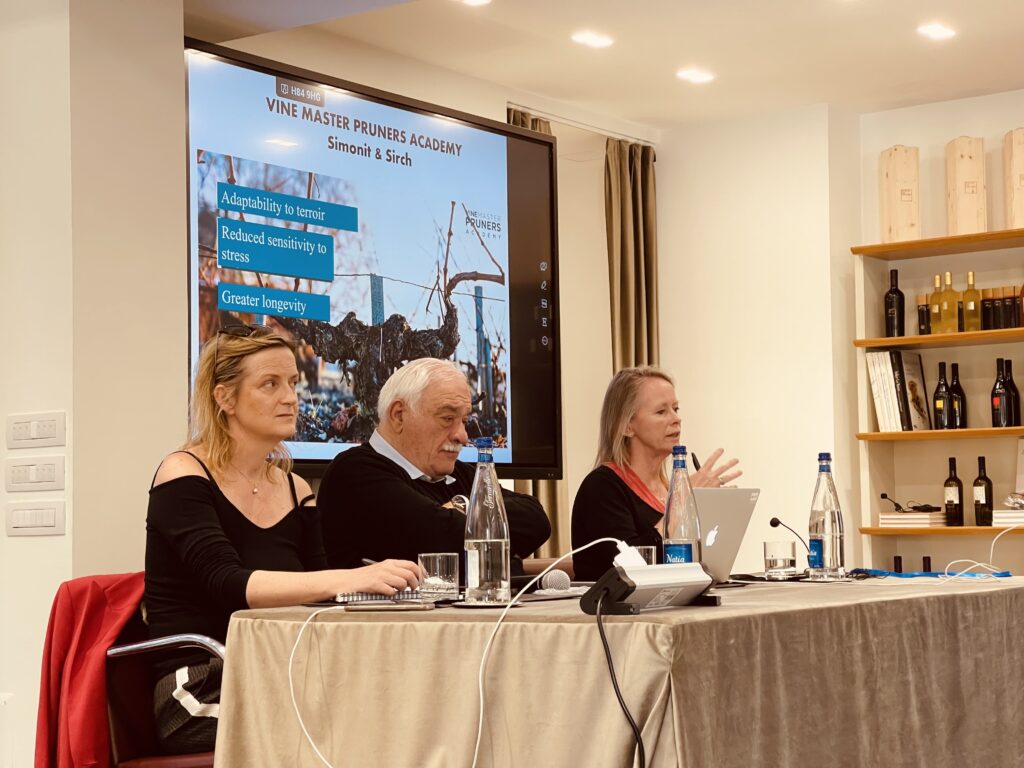
Wine and man shared the world’s stage before the written word was invented. Mans’ rich relationship with the vine has inspired endless writers, it has ignited the intellects of Homer, Chaucer, Johnson, Shakespeare, Hemmingway, Fitzgerald, Waugh and Angelou. Wine and man – capable of greatness and folly, have walked hand in glass, throughout history.
“Quickly, bring me a beaker of wine, so that I may wet my mind and say something clever.” Aristophanes
It is written that Noah cultivated vines on Mount Ararat in Anatolia, the resting place of the Ark. Close to the source of the Tigris and Euphrates, this is the spot where DNA suggests man first domesticated wild vines. Here, too, on these floodplains, the Sumerians created one of the first great civilisations. They viewed wine as a gift from God imbued with powerful properties of a certain place. Apposite appropriation for a drink present at the signing of the Magna Carta, the fall of ancient Rome, the Yalta pact and Jesus’ last supper.
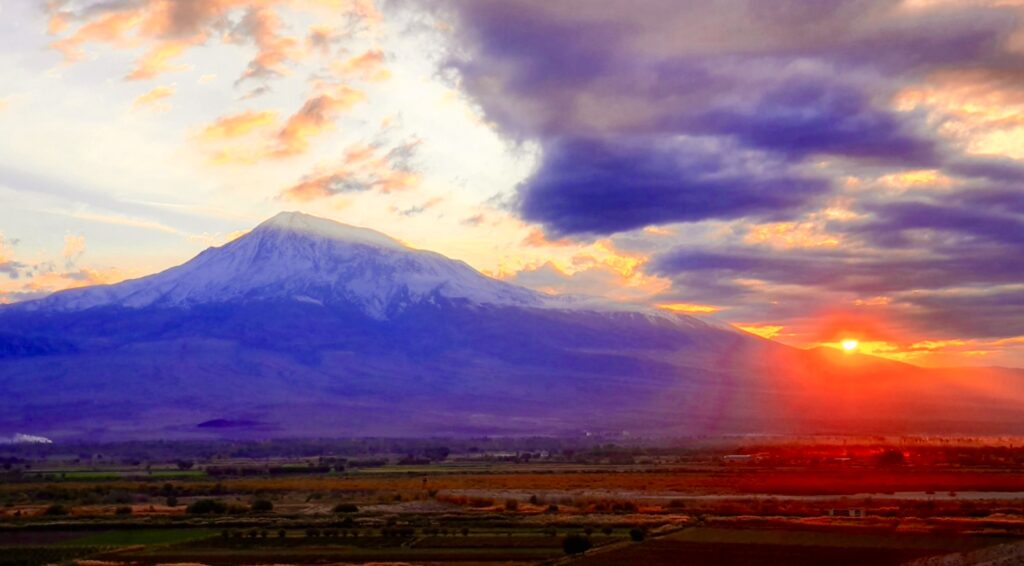
“When he drank some of its wine, he became drunk and lay naked inside his tent.” (Noah) Genesis 9:21
Man’s relationship with wine is as significant to our history as language. Through its passage we can trace our genesis. Even today communion Mission vines map our migratory paths through Chile, Argentina, California, Mexico and the Canaries.
“Beer is made by men, wine by God.” Martin Luther
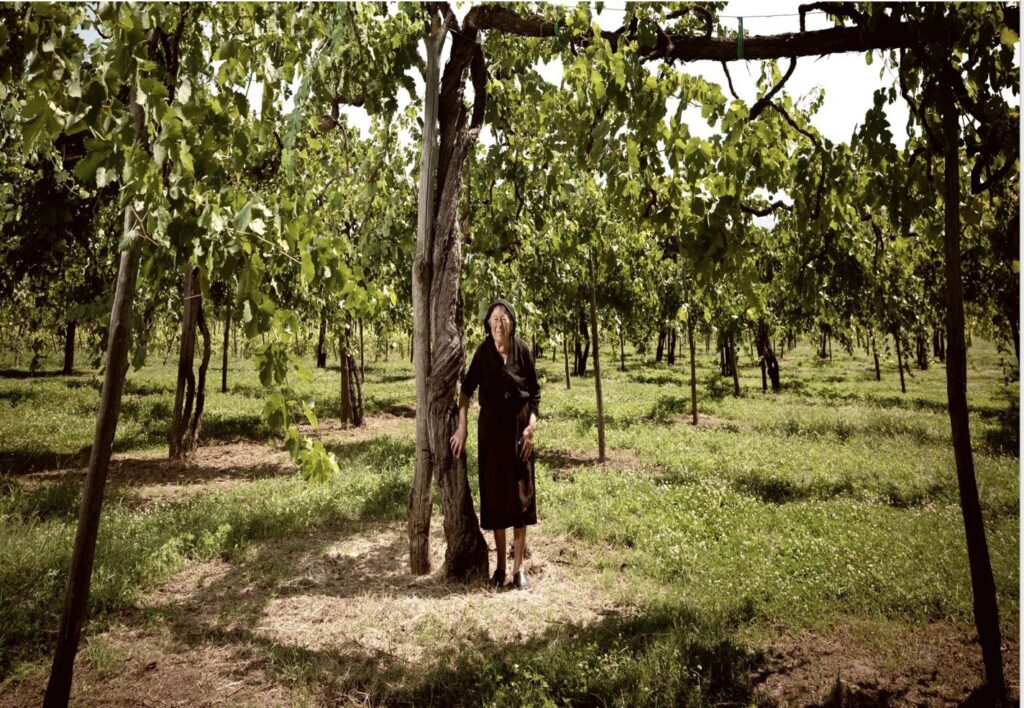
Saffer Rosa Kruger was the person to draw the world’s attention to old vines. An ex political journalist, tough as ‘fok’ (as they say in Afrikaans), Kruger goes walkabout in the bush alone and will loudly reproach anyone gutsy enough to pull up ancient treasures of the soil in her presence. Her voice alerted the world to the plight of old vines when she began publishing an ever-expanding list of the Cape’s old vineyards. There are few left, 3500 hectares out of near 100,000.

Sarah Abbott MW co-founded The Old Vine Conference to galvanise and connect custodians of old vines through education and research. The genetic material present in these ancient plants is, she says, extremely valuable armour when addressing climate change. Old vines are not just socially and economically significant; they may just hold the key to our collective wine-making futures. Yet these priceless living links to our planet’s past remain at risk, undervalued because of low productivity, an ever-diminishing natural resource.
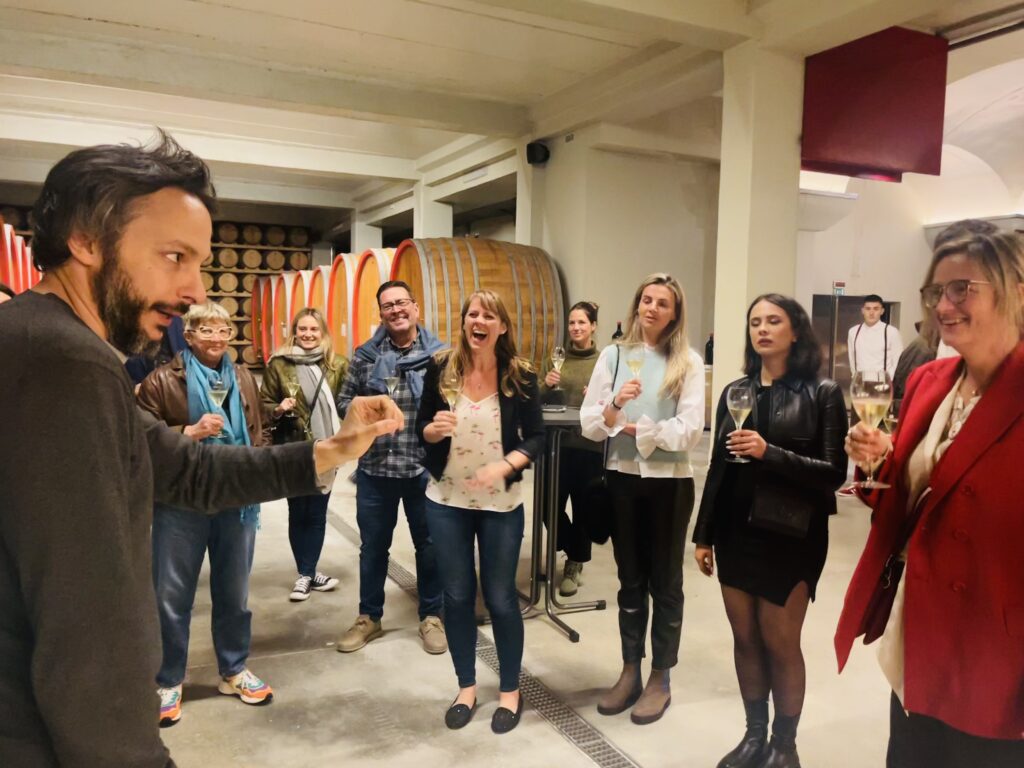
As vines age they are advantaged by greater sap flow; healthy plant structure is a physiological gain of time served. Older vines are less susceptible to disease pressures, their deep established roots a boon against drought, flooding, heat and frost. In these conditions they are the most productive, more so than younger plants. Older plants self-regulate, they have a biological instinct, a response to environmental factors. Epigenetics, the ability to affect heritable change in response to environment without altering DNA, is the label adhered to this feature.
Antonio Capaldo became Chairman of Feudi di San Gregorio in 2009, he has made it his mission to safeguard centuries old native vines, he believes these genetic treasure troves are key to protecting diversity. His family winery has been vinifying old vine wines since 1986 and he has spearheaded the movement in Italy.
Care of these vines is a skilled job, Master Pruner Pierpaolo Sirch and his partner Marco Simonit are world renowned Pruning rockstars. Pierpaolo has been the agronomist for Feudi di San Gregorio for over ten years. Gigantic in stature and reputation, he is a man of the mountains, of Germanic NE Italian stock.
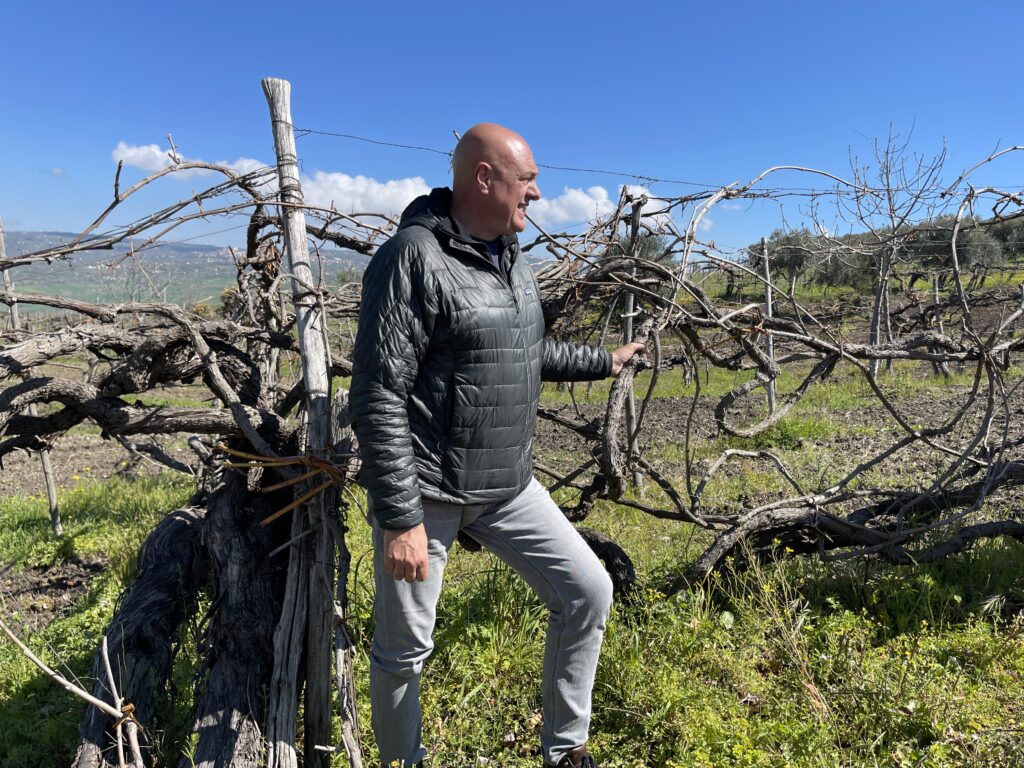
Feudi di San Gregorio manage and vinify 50 small vine plots dating back at least a hundred years. Often the owners are elderly farmers with priceless pruning knowledge. Every vineyard Feudi take on is catalogued and mapped. Complex data is amassed about each individual vines’ vegetative and productive cycle. Wines originating from these vineyards are vinified separately and labelled Tenute Capaldo.
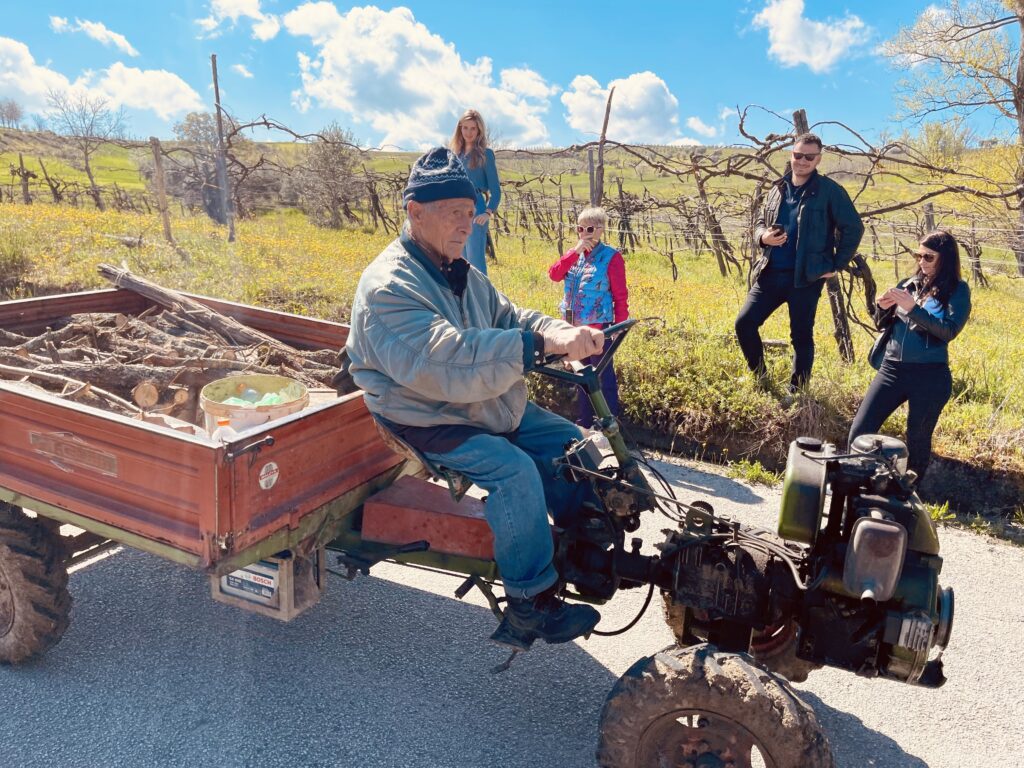
party
Esteemed scientist, old vine expert and guest speaker Professor Attillo Scienza and Pierpaolo took us on a mind-blowing tour of ancient vines within a short drive of the Feudi winery in Irpina. Vines, they explained, have the potential for extreme longevity when cared for correctly. Commercial plants might last as little as twenty years, yet 100 is reasonable. Rapacious climbers such as grape vines must be skilfully tricked into temporary submission. Pruning requires a knowledgeable, trained hand. Regional style: localised pruning techniques evolve over time in response to climactic factors. Today, pruning is seen as menial and unskilled. Trunk disease and viruses are therefore rife says the Prof (He estimates 10% of the world’s vines are affected).
Esca is one such disease and this they treat in a radical new (old) way; the master pruners advocate operating rather than plant removal and the results are good. So good that Pierpaolo travels the world operating on afflicted vines. Sap flow is paramount he explains, if the sap flow is cut off the vine will be compromised. Only first or second year growth must be pruned, larger wounds will not heal and invite disease. Room to expand with energy rather than vigour is key.
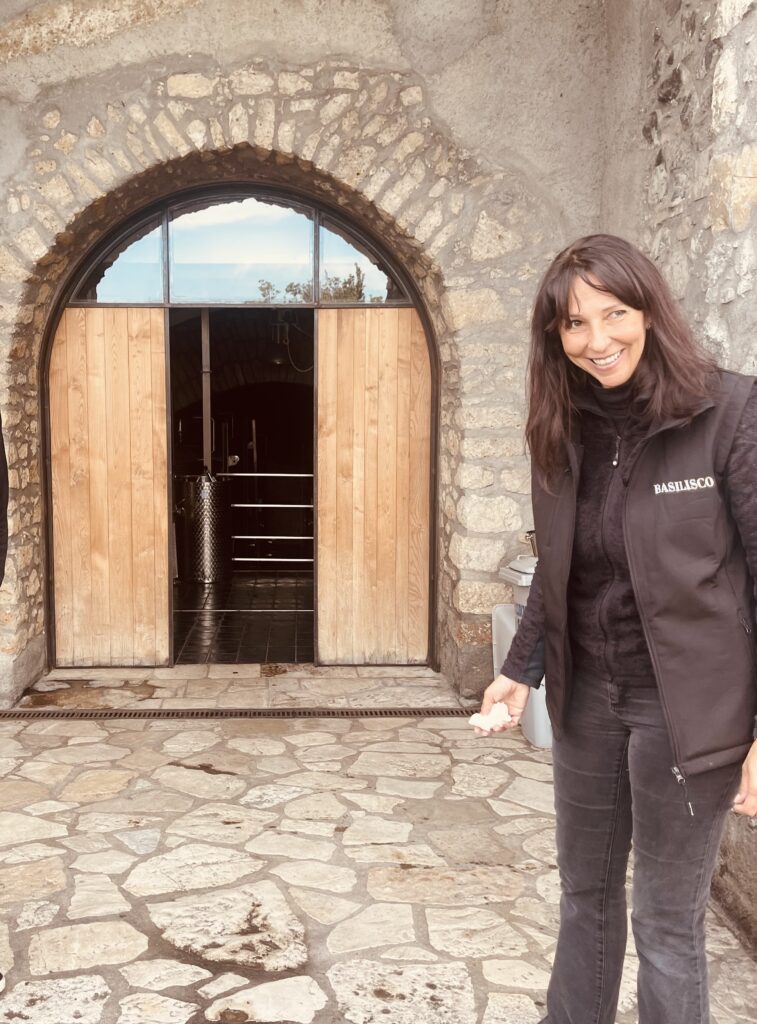
Vivianna Malafarina is an extraordinary lady. A former teacher and top tier hospitality professional, her capacity for viticulture was spotted by Antonio Capaldo, the President of Feudi di San Gregorio whilst working on the Orient Express. Today she is the Winery Manager and Winemaker at Basilisco, a 16th Century winery bought by Feudi in 2011. Both Vivianna and Antonio exhibit the sort of dry pragmatism required for their respective roles.
Basilisco lies in Barile, a beautiful impoverished hilltop town. The winery is housed in an ancient 16th century palazzo converted in 2011. Wild flowers grip the meter thick precipitous walls and bird song surrounds the ancient edifice. It’s not ideal, a new winery would probably of made more financial sense but it’s the oldest Catina in Barile and it’s beautiful.
Littered with underground cellars dating back 500 years, Barile lies on Mount Vulture, an extinct volcano in its own National Park over 400 meters above sea level. The village was settled in the 15Th century by Albanians fleeing the Ottomans, they dug deep grottoes into the hillside for shelter. Today these cool shelters are used for storing wine.
Soil is fertile and mineral-rich, vines have always been pergola trained and Aglianico (aka The Barolo of the South) flourishes here. Basilisco cultivate 25 hectares of organically farmed vines; 24 hectares of Aglianico and 1 of Fiano.
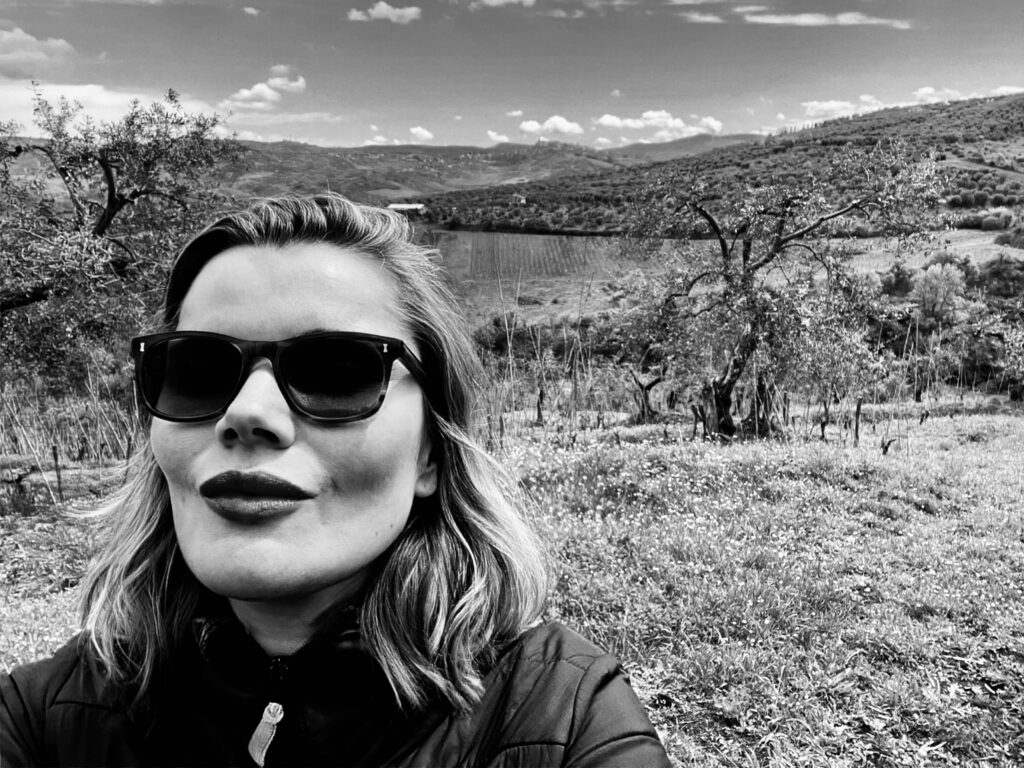
Lo Storico is an ancient ungrafted vineyard 580m above sea level where Basilico nurture their finest fruit. The valley where it lies is constantly refreshed by sweet sea breezes that keep disease at bay. It’s very cool and the vines ripen late. Yields are small but healthy. 80 year old vines are trained to small stakes and tied with gorse as is traditional in the locale. A profusion of wild asparagus, olives, mint, wild iris, rocket and all manner of wild herbs surrounds them. This two-hectare vineyard is genetically diverse and just about impossible to harvest. Buds from here are used to propagate other vineyards in the Basilico stable. Stratifications in the steep hillside reveal the scars of ancient eruptions, the volcanic soil speaks of a violent past, yet these soils continue to protect the vine roots from phylloxera.
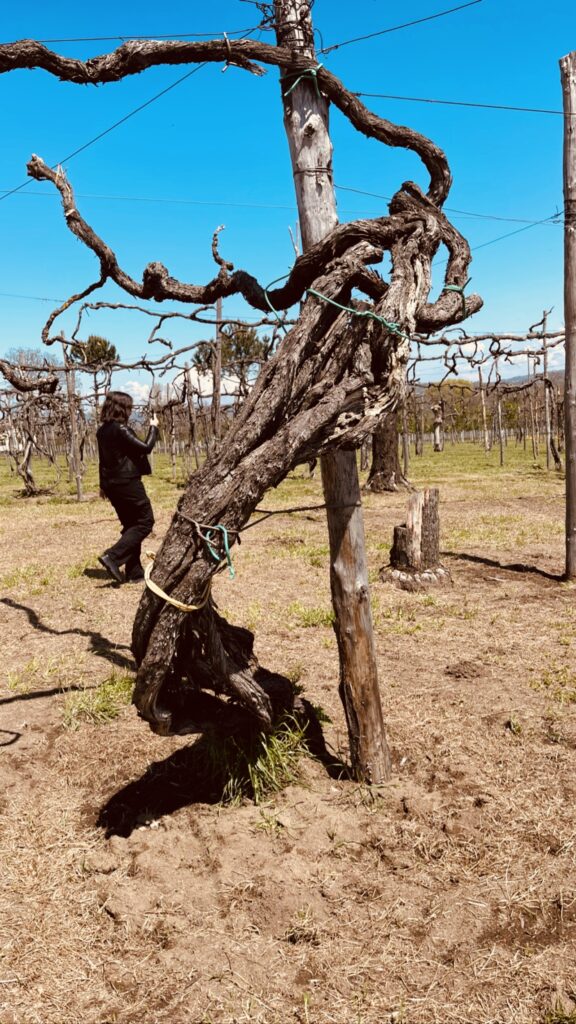
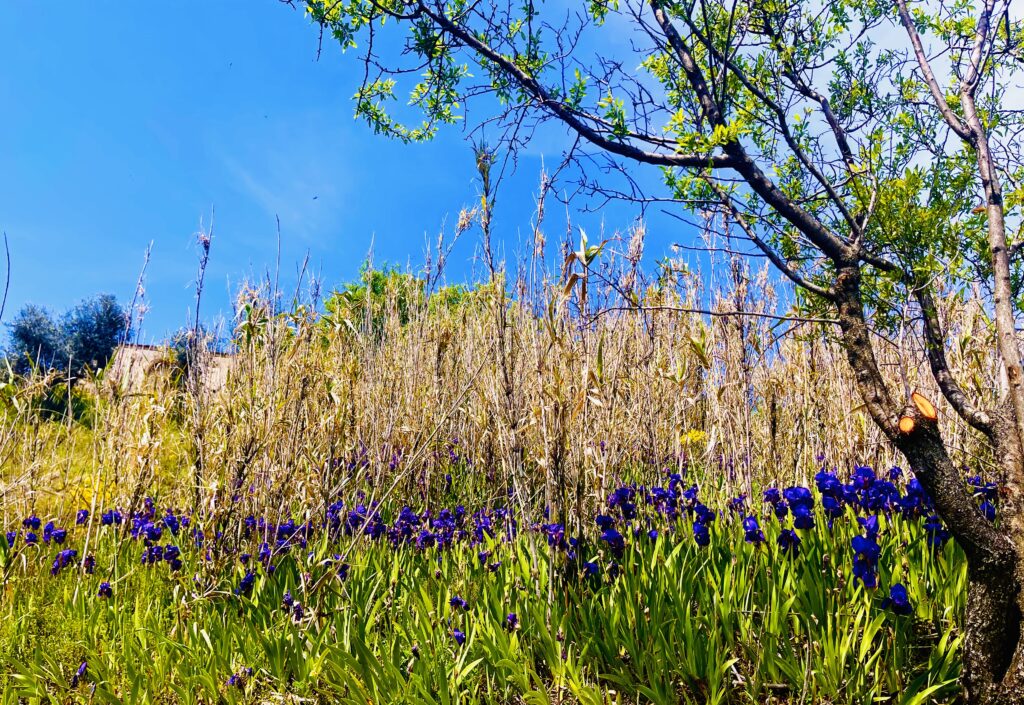
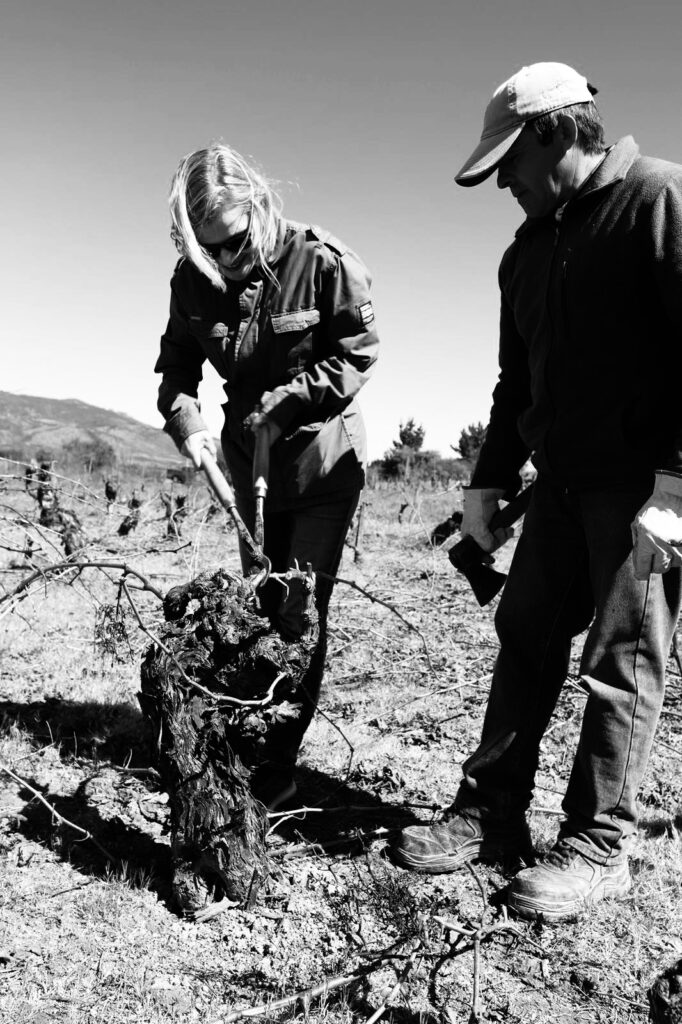
Vivianna, Pierpaolo, the Prof and Antonio are passionate about their work. They see preservation as imperative, for these old vineyards offer an immense genetic database, a treasure trove of aromas. They say non-homogeneity is absolutely key to the wine of the future, and not just for Feudi.
Through wine we learn of terroir – the culture of the vine – the culture of people, of land, language and history. Through a simple sip we might travel backwards in time to share the spoils of summers long lost to memory. So it is that these old vines are the missing link to a cooler past. Surely we would be foolish not to learn from these precious vines, these arks of genetic diversity?
Discussions are afoot as to how to express this asset to drinkers in the Old Vine Conference camp. Perhaps a simple ark motif, a universally understood friendly badge might do the trick. According to ancient texts, the ark once saved us from floods, perhaps it can do the same for old vines. We would all benefit from clear labelling. Different countries have varying ideas of what constitutes old, so the vine age might be a prudent addition too.
There is much to debate in terms of the taste and textural expression of old vines, but no doubt that the world is warming. A collective understanding of this resilient vine category can but add to our armoury. It is possible early man tasted fermenting grapes before mastering cogent reason. Wine has evolved with us. It is the art of man, the ultimate communion of humans and nature. Analysis of the world’s old vines could well provide the key to a more productive and sensually stimulating viticultural future.
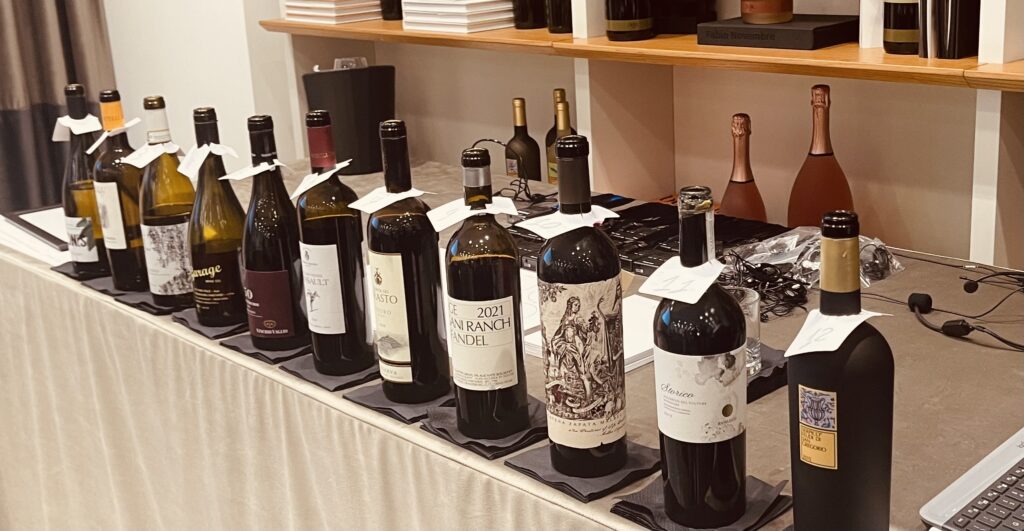
THE WINES
We tasted many magnificent old vine wines, here follow my notes from Sarah Abbott’s tutored tasting entitled,
OLD VINES, NEW CATEGORY:
GREAT WINES FROM HERITAGE VINEYARDS
1. 2022 Vineyard Collection Carignan Gris, Domaine Jones, Vin de France, Roussillon
Age of vines: 120 yrs. A profusion of white blossom, pear, oily almond, candied crunchy lemon and stinging nettles; round and silky with a textural pithy grapefruit and a miniscule hint of yoghurt, subtly smoky on the finish. Long, stony and steely – Fresh and fine.
(RRP €20.00)
2. 2019 Aciniell’ Roviello Bianco, Fratelli Addimanda, Taurasi, Italy
Age of vines: upto 150yrs. Saline laced pineapple chunks, candied lemon, vanilla. It is ripe yet minerally, sapid and fresh – there is a delicious bitter finish and a beautiful floral nose.
Availability: Italy only (approx. €18.00)
3. 2019 Lison Classico DOCG, Villa Bogdano, Veneto, Italy
Age of vines: 80 yrs. Certified Organic. Orange and grapefruit marmalade, pineapple chunks, white blossom, watermelon, spearmint, sage and high church incense. Round, golden and dry with a grippy salty marzipan finish. Savoury and sapid; superb.
UK Distributor: Ultravino LTD (RRP: £23.00)
4. 2021 Old Vine Pale Rosé Lot 113, Garage Wine Co., Maule Valley, Chile
Age of vines: 75+ years. Crunchy sour cherry, cherry blossom, pomegranate, cranberry candied orange, Turkish Delight, Strawberry and rosehip syrup. Textural grip defines a juicy finish. Mouthwatering.
Slurp (RRP £19.00)
5. 2020 Barbera, Asti DOCG, Vigne Vecchie, 50 year Anniversary, Vinchio Vaglio,
Piedmont, Italy
Age of vines: 50+ years. Light and vibrant with salted morello cherry, kirsch, strawberry, blackberry and a delicate savoury edge that compliments the fine chalky tannic finish.
UK Stockist: huskywines.co.uk (RRP £19.95)
6. 2019 Vielles Vignes Cinsault, Domaine des Tourelles, Bekaa Valley, Lebanon
Age of vines: 70 years. Intense waves of bitter cherry, plum and fig – the wine is firm and spicy with a delicate note of pungent woody liquorice and garrigue, culminating in chalky tannins.
UK Stockists: Boutinot, Great Grog, Talking Wine (RRP £18.00)
7. 2020 Quinta do Crasto Reserva Old Vines, Douro DOC, Portugal
Age of vines: average 70yrs. Dry, dense, lively and textural; moreishly bitter and deep. High church incense denotes richness, violets and red fruit, freshness. A tease of delicate black olive and judicious use of oak suggests aging potential and more excitement to come.
UK Distributor: Enotria & Coe (RRP £34.00)
8. 2021 Pagani Ranch Zinfandel, Ridge Vineyards, Sonoma Valley, USA
Age of vines: up to 120yrs. Supple, chewy, fresh and chalky. Blackcurrant, almonds and roses, sour morello cherry, strawberries, almonds, black pepper and a bats squeak of blood. Long, layered and lively.
UK Distributor: Berkmann Wine Cellars (RRP: £56.00)
9. 2020 Catena Zapata Malbec Argentino, Mendoza, Argentina
Age of vines: upto 90 yrs. Famously made with grapes from two high altitude vineyards (920m and 1095 m above sea level). Tempered, focused, elegant and rich with aromas of violet, plum, dried roses, bitter peppered chocolate and Upmann No.2. Long, fresh and savoury with a moreish earthy tannic finish.
UK Stockists: Bibendum, Hedonism, Vinvm, Harvey Nichols (RRP £70-90.00)
10. 2013 Basilisco Storico, Aglianico del Vulture Superiore DOCG, Campania, Italy
Vine age: 80 yrs. Understated and powerful; deep, dark, inky and textural. There is a delicate saline edge to the plum fruit and a delicious moreish bitterness. It is smoky and perfumed, the tannins are dry and they multiply deliciously on the finish.
Availability: The Wine Society have begun to stock Viviana’s wines from Basilisco.
11. 2015 Serpico, Feudi di San Gregorio, Irpinia DOC, Campania, Italy
Age of vines: 100+ yrs (ungrafted). Savoury soy, cherry, tomato leaf, bloody game and iodine. A dusting of sweet cinnamon, cocoa and coffee adds complexity and savour to this layered age-worthy wine.
UK Stockist: Hallgarten (RRP £45.00)
